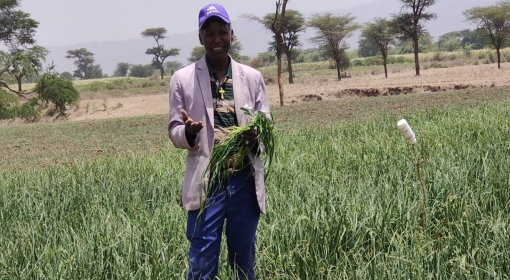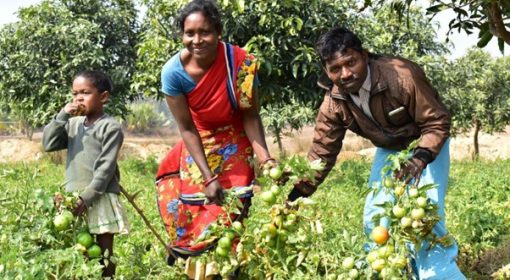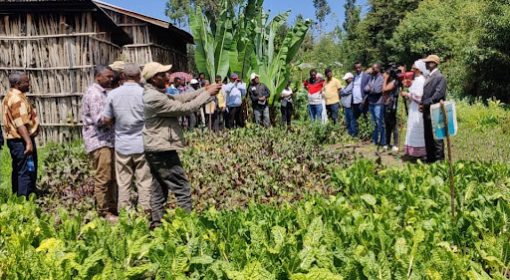By Bella Arlman
Biofertilizer is a proven effective way to increase crop yield either as an alternative to the expensive chemical fertilizers or in combination with it. It is made of cow dung, sugar, yeast, milk and dust (of volcanic rocks) providing many nutrients to crops. Due to the simple accessibility of these products, the fertilizer is easily made at home by the farmers themselves. The costs of the biofertilizer are estimated at 37.5 Birr per hectare per application. This application process is very manageable: the biofertilizer needs to be sprayed over the crop’s leaves and is applied regularly, depending on the crop, but approximately once in 21 days. With both the production and application process being relatively uncomplicated for farmers, biofertilizer seems a very good alternative/addition to chemical fertilizer.

Biofertilizer has been proven to have many benefits for farmers; increasing yield, reducing fertilizer costs, less weed growth compared to chemical fertilizer and being made at location, there is no delay in the delivery of the product. However, some lesser known benefits are also worth considering: By boosting a plant’s immune system biofertilizer helps to reduce pests as farmers and research[1] have pointed out. Talking to a farmer on the fieldsite he described the disappearance of a worm that had been ruining his crops for months. After one week of using the biofertilizer he had never seen this worm again, highlighting the twofold purpose of the product aiding pest reduction as well as plant growth.
Secondly, farmers mentioned that using biofertilizer caused their products to become more attractive for customers who value biologically farmed crops untreated with unnatural chemicals. Lastly, the usage of chemical fertilizer has a negative effect on the environment; especially when through groundwater, the fertilizer flows down the landscape and accumulates in water bodies. The accumulation of these chemicals poses a serious health threat to inhabitants of the area who drink water from the river. Since biofertilizer does not affect the environment negatively and subsequently does not create a health hazard to the environment’s inhabitants it helps improve ecosystemic health when replacing chemical fertilizer.

Considering the many benefits biofertilizer has over chemical fertilizer its application is not only favorable for farmers but to their community and its ecosystem. By implementing horizontal learning systems similar to the one in place in Woldia where every model farmer is supposed to train 5 others after their own training is completed, the production process of biofertilizer can quickly be shared within neighborhoods ensuring its implementation in big regions throughout Ethiopia providing farmers with the opportunity to actively develop their community.
References:
[1] https://www.sciencedirect.com/science/article/abs/pii/016788098890151X
Supported by:




